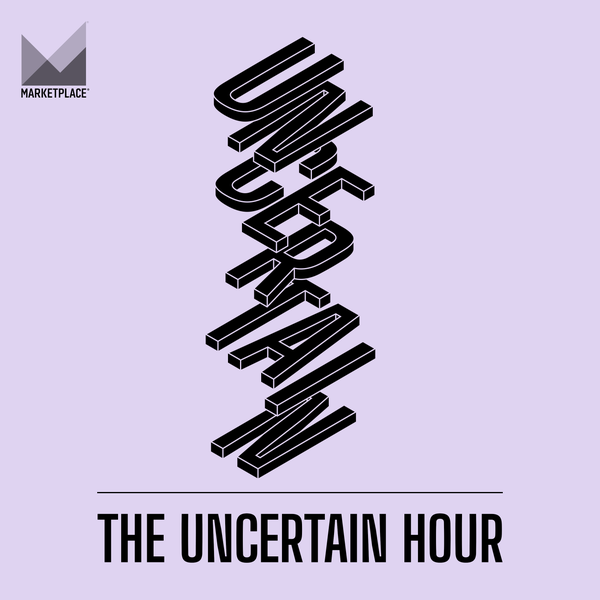
The Uncertain Hour
Marketplace
<p>Each season, we explain the weird, complicated and often unequal American economy — and why some people get ahead and some get left behind. Host Krissy Clark dives into obscure policies and forgotten histories to explain why America is like it is.</p> <p><span style="font-weight: 400;">The latest season examines the “welfare-to-work industrial complex” and the multi-million dollar companies running today’s for-profit welfare centers.</span></p>
- More Episodes? Get the App